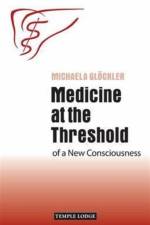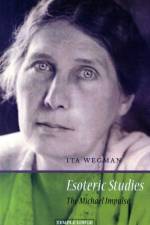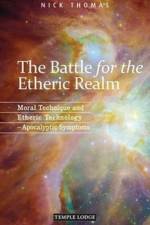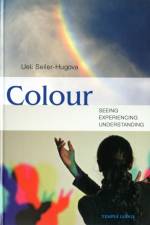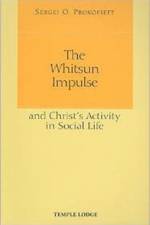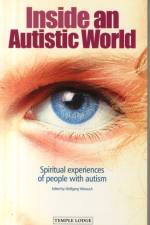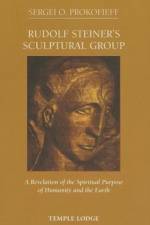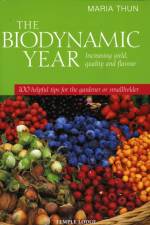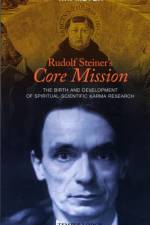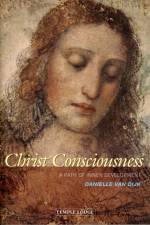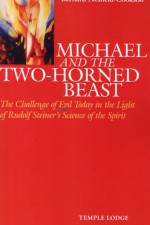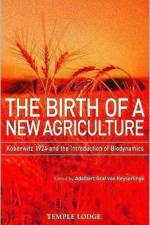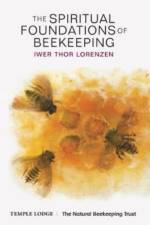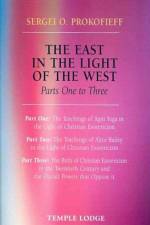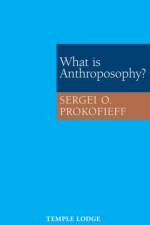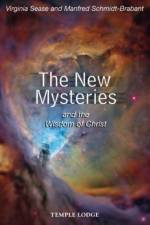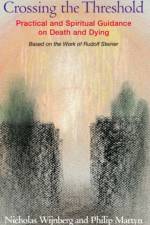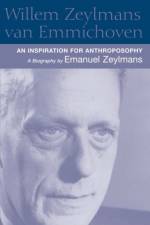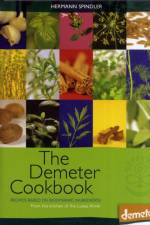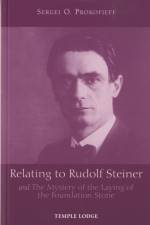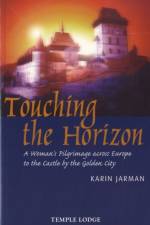- Recipes Based on Biodynamic Ingredients, from the Kitchen of the Lukas Klinik
av Hermann Spindler
297
"The aims of biodynamics are to produce food that nourishes the whole human being and to practice an agriculture that enhances the Earth's future.... The specific qualities and characteristics of Demeter produce contribute to a form of nutrition that enhances vitality and promotes inner life." -- Nikolai Fuchs, Agriculture Section, Goetheanum, Dornach, SwitzerlandThis "official" Demeter Cookbook presents more than 200 recipes developed and collected by the Swiss Chef Hermann Spindler. Included are tempting recipes for sauces, soups, hors d'oeuvres, salads, main dishes, puddings, and desserts. It also features special recipes for casseroles and gratins, vegetables, quark (curd cheese) dishes, grain dishes, doughs, savory and sweet pastries, muesli, and drinks--interspersed with informative commentary on the value of spices.Since its foundation by Rudolf Steiner in 1924, the international biodynamic agricultural movement has produced high-quality, premium organic food that is increasingly sought out and respected for its flavor, quality, and nutritional value. The Demeter(R) logo certifies that the product has been grown and processed using verified biodynamic methods.Hermann Spindler has been head chef at the Lukas Clinic for many years, where his kitchen has gained an outstanding reputation. Alongside food preparation methods that conserve nutritional value, imaginative presentation of dishes, and freshly prepared meals, the special nature of the Lukas cuisine is based on the careful selection of Demeter foods, in-season and from local sources whenever possible.The Demeter Cookbook collects a selection of Spindler's delicious lacto-vegetarian, wholefood recipes--based on the core principles of anthroposophic nutrition--all in an easy-to-use presentation.

